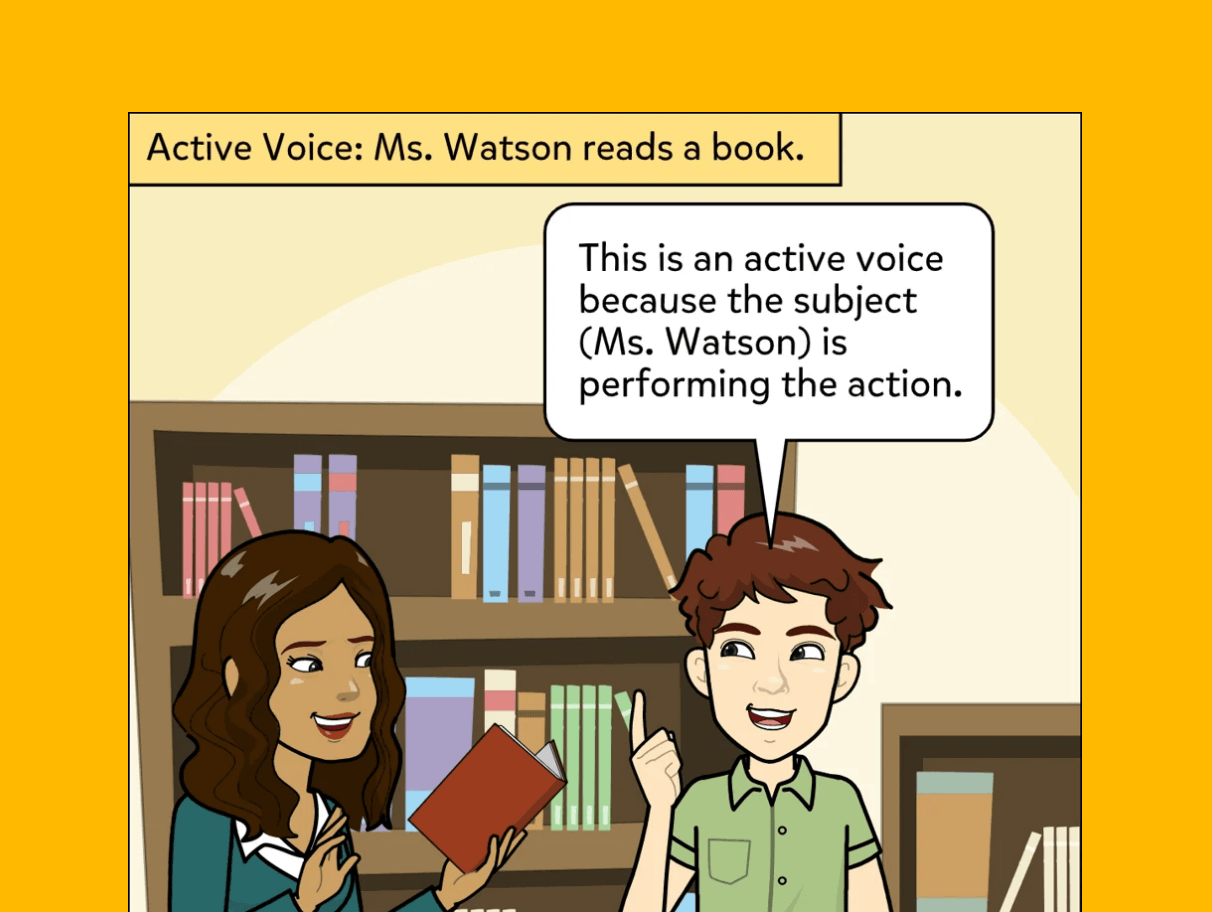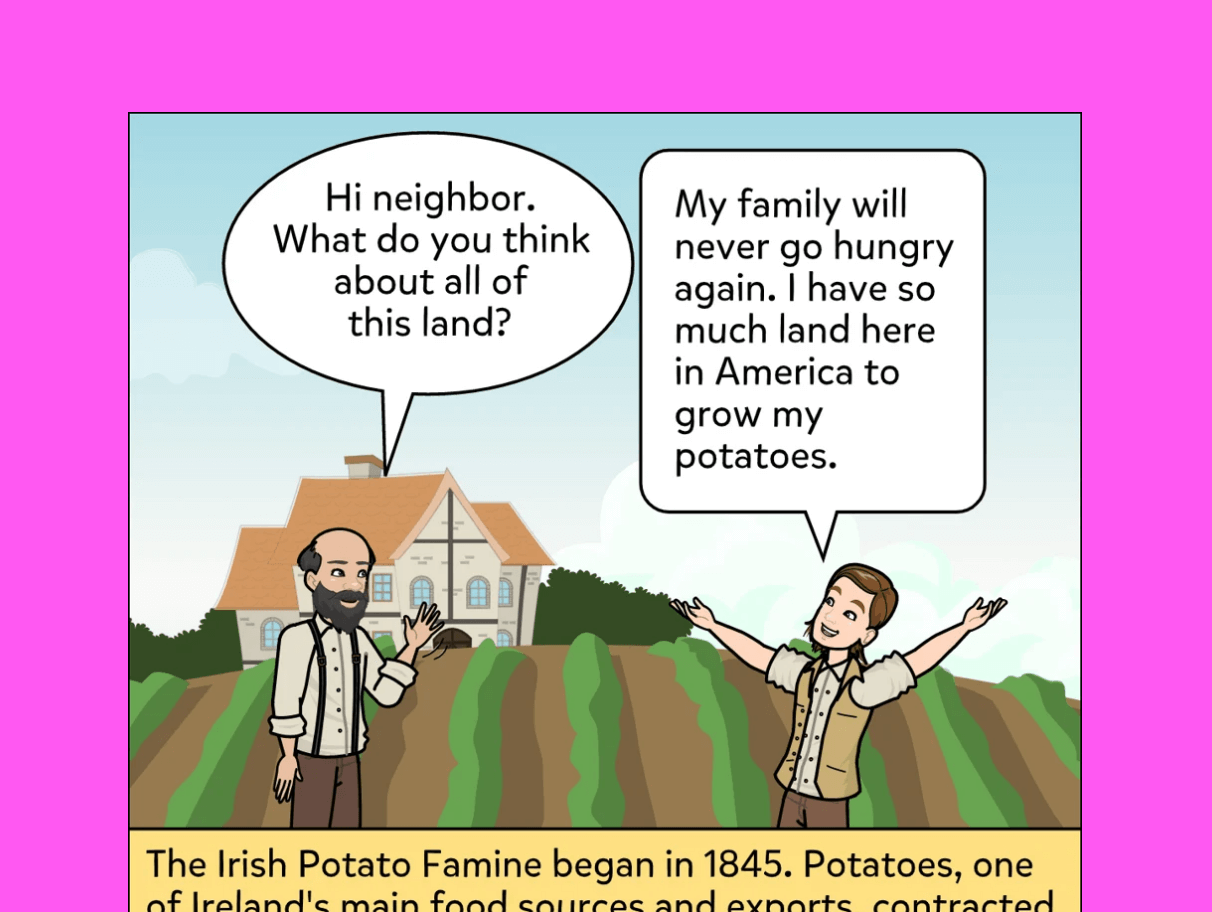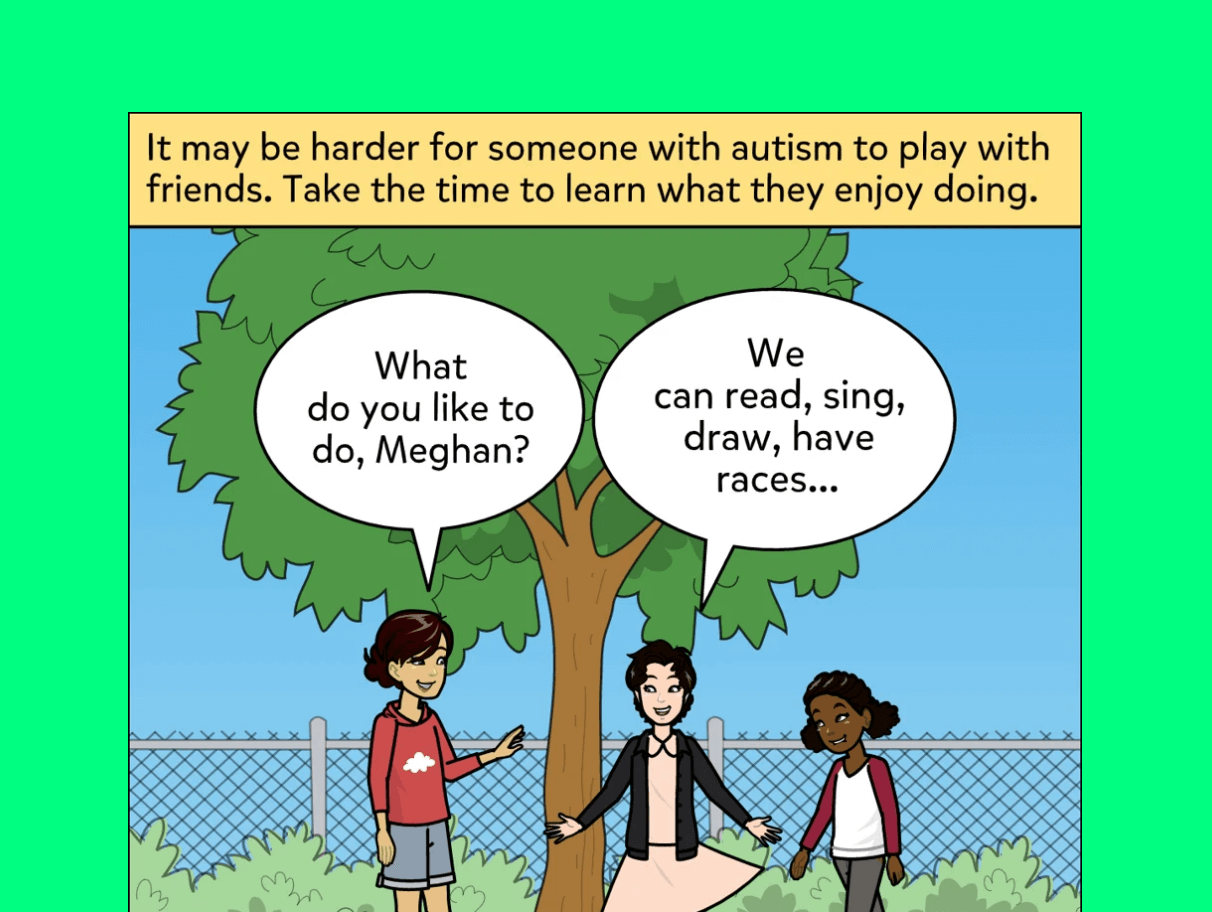Assessment
Pixton provides an authentic and effective way for students to show what they know and to engage with their peers in meaningful feedback.
Below are just a few ways teachers are using Pixton for assessment.

Diagnostic Assessment
There are many ways comics can be used to gain insight into students’ reading comprehension, grammar, and math skills. These range from teacher-created cloze activities to student-created comics in which teachers can look for grammar, spelling, and punctuation errors. Here are examples of the type of lessons that can help (once areas of concern have been identified).
Example lesson: active and passive voice
Formative Assessment
Pixton provides a fun and engaging way to check for understanding. Students might be asked to create a comic using the proper type of pronouns or to explain their thought process of how they might find the surface area of a sphere.
Example Lesson: America, The Melting Pot
Summative Assessment
Pixton is particularly useful in helping students demonstrate their understanding of a topic and applying what they have learned to new contexts. Choosing visual elements, creating dialogue, and writing concise explanations provide deep insight into students’ content knowledge and their ability to apply critical thinking and problem-solving skills.
Example Lesson: Autism Awareness
Using Pixton as an assessment tool offers teachers unique insights into comprehension and creativity beyond traditional methods.